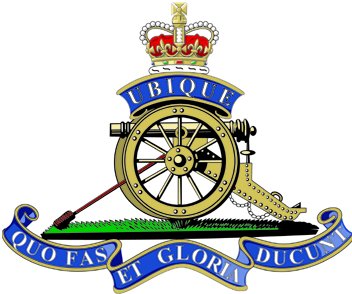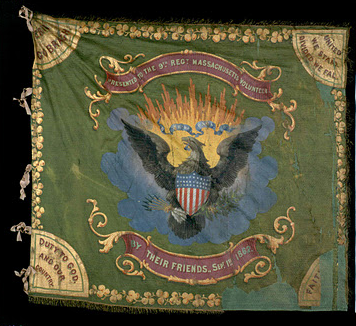1
Regiments / 7th Battalion, Royal Regiment of Artillery [NA/EU]
« on: February 21, 2020, 11:47:56 pm »7th Battalion, (Royal Irish Artillery) Royal Regiment of Artillery

About us
7th Battalion, (Royal Irish Artillery) Royal Regiment of Artillery are a NA and EU regiment, original form North and South, made up of members form the Union Brigade. We are mostly casual composed of veteran players form NW and Nas but always looking for new members regardless of skill.
Regiment History
The Royal Irish Artillery was an Irish regiment of the British army in the 18th century. It was formed in 1755 as The Artillery Company of Ireland. The name was changed in 1760 to The Royal Regiment of Irish Artillery.
About us
7th Battalion, (Royal Irish Artillery) Royal Regiment of Artillery are a NA and EU regiment, original form North and South, made up of members form the Union Brigade. We are mostly casual composed of veteran players form NW and Nas but always looking for new members regardless of skill.
Regiment History
They were recruited all over Ireland and were trained in Dublin Castle and then in Woolwich.[citation needed] Parts of the Regiment were sent to Canada in 1777 with Major General John Burgoyne, taking part in the American War of Independence. In addition, some Royal Irish Artillery gunners were shipped directly to New York under Brigadier-General James Pattison.
The General's papers were reprinted by the New York State Historical Society in 1876, a detailed source of information on this subject. Pattison, being head of the British Artillery in North America during part of the American Rebellion, had much to say about his Irish. They were "his diminutive warriors", "bare breeched", "were lower than serpents". He said that they were "incorrigible, ill mannered, and unkempt". He told his recruiters to only raise units in England or Scotland and forget Ireland.[citation needed] When a large number of new Irish gunners coming into New York deserted, Pattison wrote, "it was bad enough that they had deserted but what was worse was that the rest didn’t go with them". When asked what to do with some new but mildewed uniforms, Pattison wrote, "give them to the Irish".
Yet in spite of all the derogatory remarks, the Royal Irish Artillery was awarded white leather stocks as a mark of their good gunnery. In 1801, following the Act of Union and the formation of the United Kingdom, the Royal Irish Artillery was absorbed as an integral part of the Royal Artillery and therefore ceased to exist. They became part of the 7th Battalion of The Royal Regiment of Artillery.
Roster
1st Battery (Yukon Battery)
COs:
Cpt. Patriots
Lt. Basil
NCOs:
Sgt. Rockingham (Sapper)
Sgt. Maverick
Cpl Alomoes
Rankers/Artillery Guard
Pvt. tcmccool
Pvt. Dixie
Pvt. McDuke
Pvt. Muricaman
Pvt. Cyber
2nd Battery
COs:
Lt. Hawkeye
NCOs:
Sgt. Asa
Cpl. Gwyndolin
Cpl. Grimmy
Rankers/Artillery Guard
Pvt. Cherkov
Pvt. Django
Total:16
Regiment Contacts







1st Battery (Yukon Battery)
COs:
Cpt. Patriots
Lt. Basil
NCOs:
Sgt. Rockingham (Sapper)
Sgt. Maverick
Cpl Alomoes
Rankers/Artillery Guard
Pvt. tcmccool
Pvt. Dixie
Pvt. McDuke
Pvt. Muricaman
Pvt. Cyber
2nd Battery
COs:
Lt. Hawkeye
NCOs:
Sgt. Asa
Cpl. Gwyndolin
Cpl. Grimmy
Rankers/Artillery Guard
Pvt. Cherkov
Pvt. Django
Total:16
Regiment Contacts


















